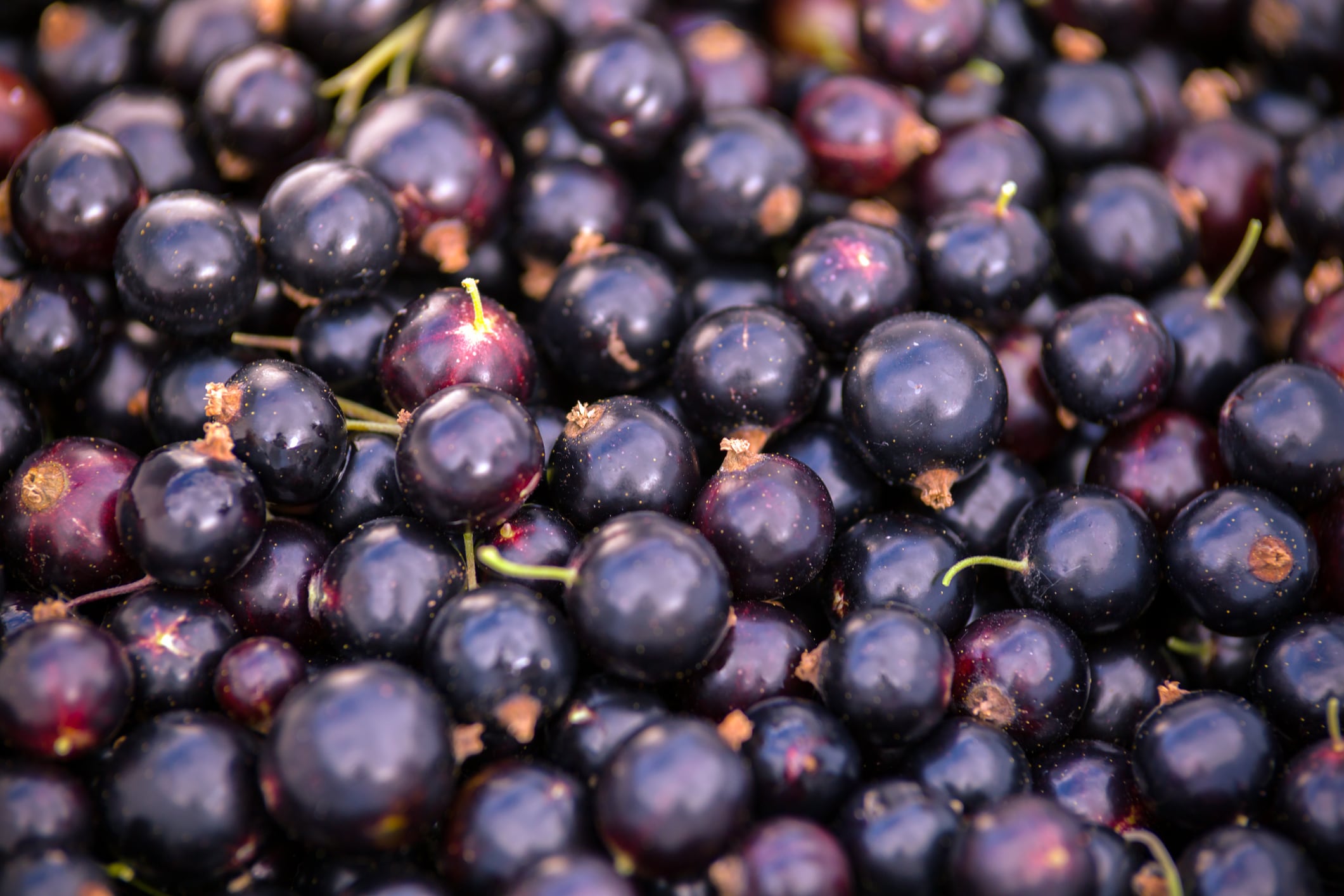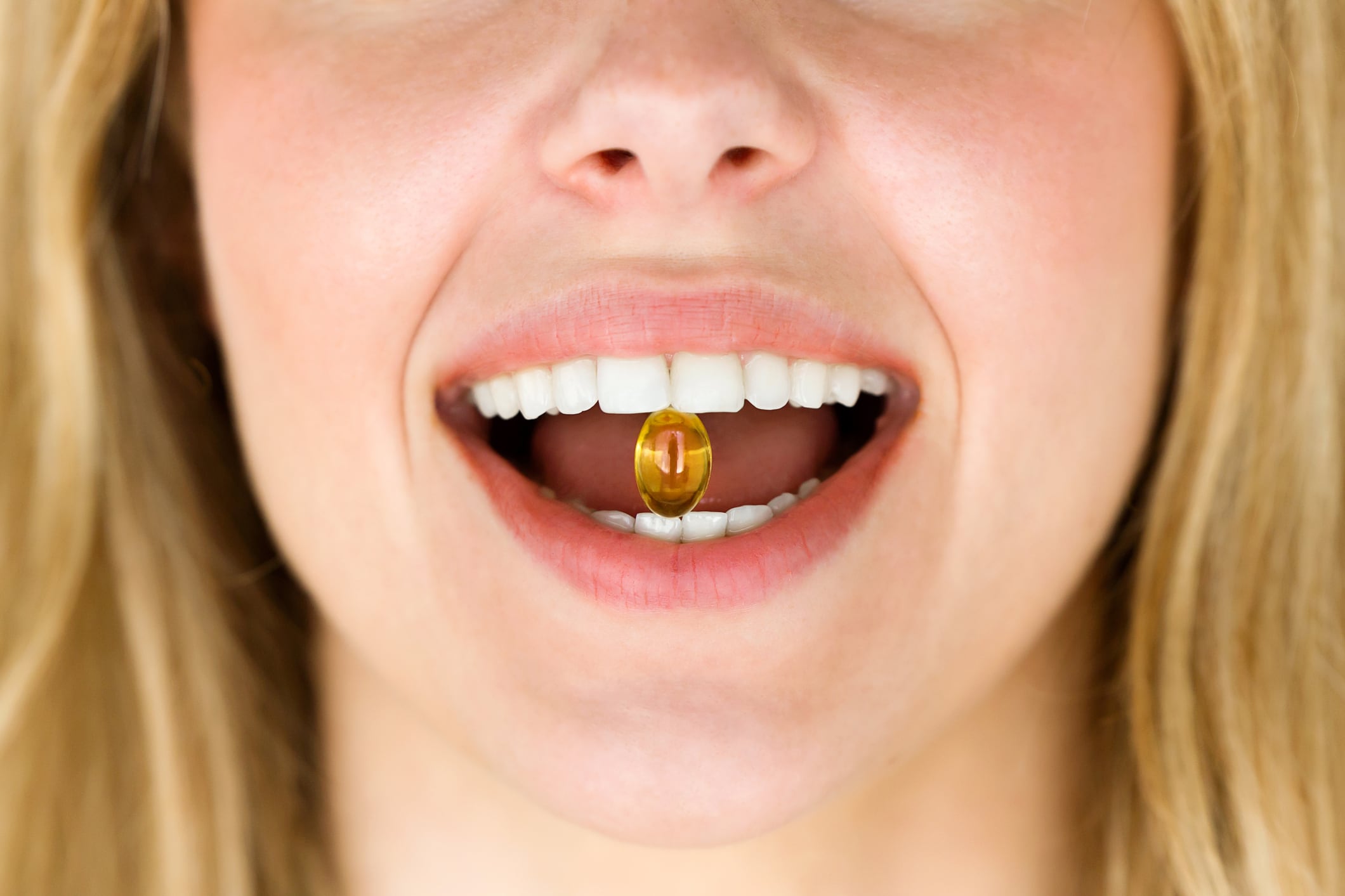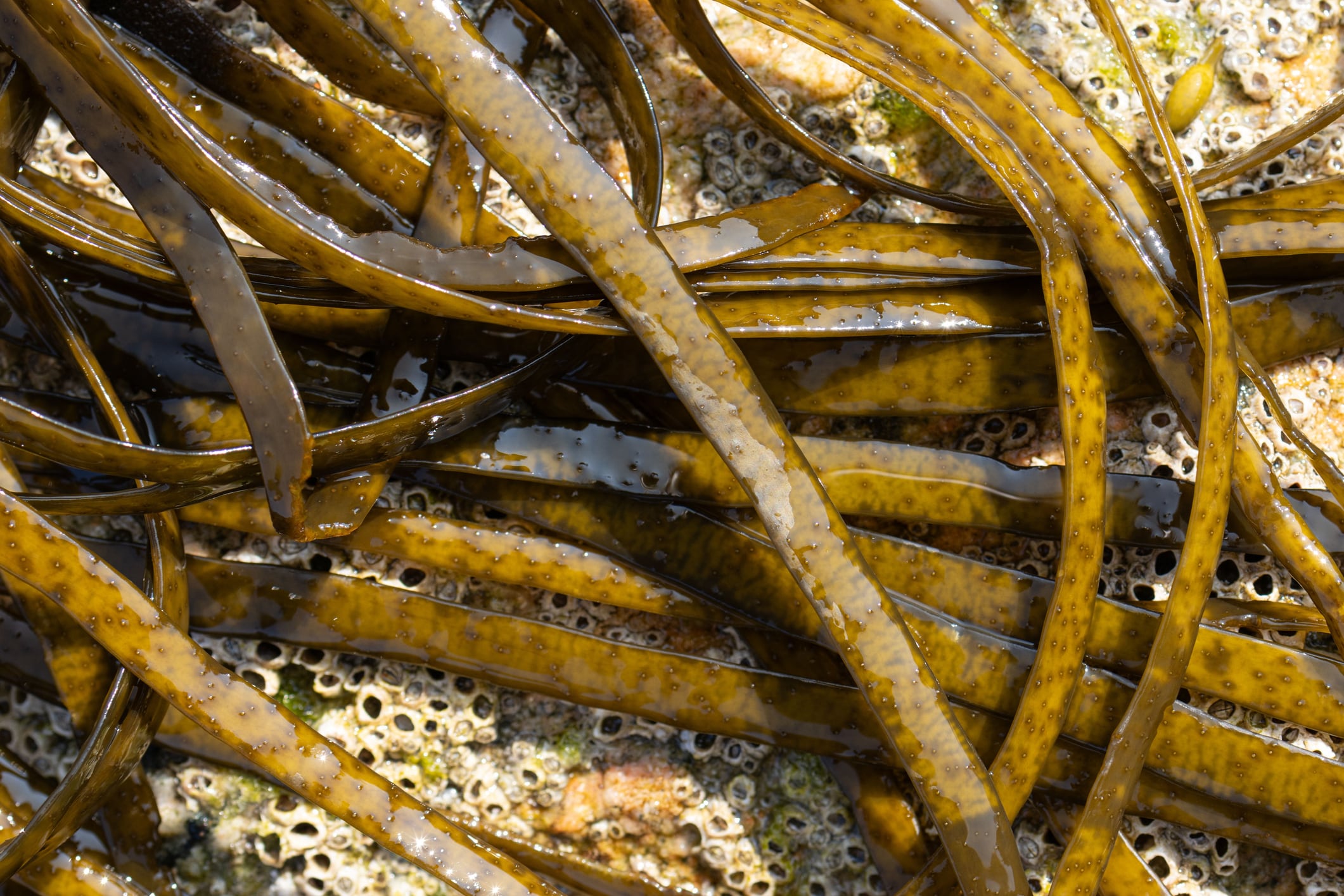Researchers in Japan tested whether various combinations of blackcurrant extract and PHGG could increase the presence of beneficial bacteria in the gut of rugby players, using a randomized, double-blind, placebo-controlled trial.
Blackcurrant contains anthocyanins, which have antioxidant and anti-inflammatory effects and may enhance gut microbiota and short-chain fatty acids (SCFA) production, and PHGG, a prebiotic fiber derived from guar beans, has also been shown to support butyrate-producing bacteria and increase SCFA levels.
Dysbiosis in athletes
Previous research found that male university rugby players showed signs of gut dysbiosis, compared to non-athlete peers, an imbalance suggested to stem from their intense training and dietary habits.
To maintain energy and replenish glycogen, athletes typically consume high amounts of carbohydrates and protein but limit fiber intake to avoid digestive discomfort, however, low fiber intake can reduce microbial diversity and function, contributing to dysbiosis.
Although regular exercise benefits gut health, high-intensity exercise may harm it by increasing intestinal permeability, inflammation, and oxidative stress, all of which promote bacterial imbalance and the overgrowth of harmful microbes.
Study details
The researchers recruited 88 healthy male rugby players who trained at least six days per week and had no diagnosed gastrointestinal issues.
They randomly assigned participants to four groups for four weeks of supplementation: the placebo group (PC) received 6 g per day of maltodextrin and placebo tablets; the blackcurrant (BC) group received 6 g per day of placebo powder and blackcurrant extract tablets; the guar gum group were given 6 g per day of PHGG and placebo tablets; and the combination (GG) group took 6 g a day of PHGG and blackcurrant extract tablets.
The participants submitted fecal samples at baseline and week four, and 64 of those were identified as having potential gut dysbiosis based on SCFA concentration analysis at baseline. Following the intervention, the researchers also assessed dietary intake through a questionnaire.
Results showed that while the interventions did not alter the overall gut microbiota structure, they did shift the relative abundance of certain beneficial bacteria. For example, Megasphaera spp. increased in the BC and GG groups, while Bifidobacterium spp. increased in the CO group. Only the BC group showed a significant increase in total fecal SCFAs.
In a subgroup analysis of participants with dysbiosis, all intervention groups showed significant increases in SCFAs, suggesting that blackcurrant extract and PHGG improved gut microbial activity rather than community structure.
Further analysis revealed increases in beneficial bacteria such as Megasphaera, Phascolarctobacterium, and Veillonellaspp., which metabolize to produce beneficial SCFAs. PHGG intake was also shown to increase Faecalibacterium spp., which is known for its anti-inflammatory effects. However, in the CO group, a decrease in Lachnospiraceae was observed despite rising SCFA levels, suggesting that functional activity changes rather than taxonomic shifts may explain the results.
While combined intake showed some beneficial effects, it did not lead to statistically significant synergistic outcomes. The researchers suggest that the blackcurrant extract and PHGG could have acted competitively, writing that different dosages might be needed to achieve synergy.
As the findings are limited to male Japanese university rugby players, the researchers write that future research should explore their effects in other populations and over longer durations, using advanced omics methods to clarify mechanisms of action.
Source: Microorganisms 2025, 13(7), 1561; https://doi.org/10.3390/microorganisms13071561 “Effects of Blackcurrant Extract and Partially Hydrolyzed Guar Gum Intake on Gut Dysbiosis in Male University Rugby Players.” Authors: Miura, H. et al.





